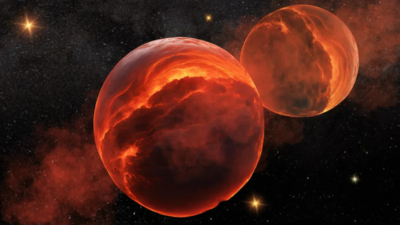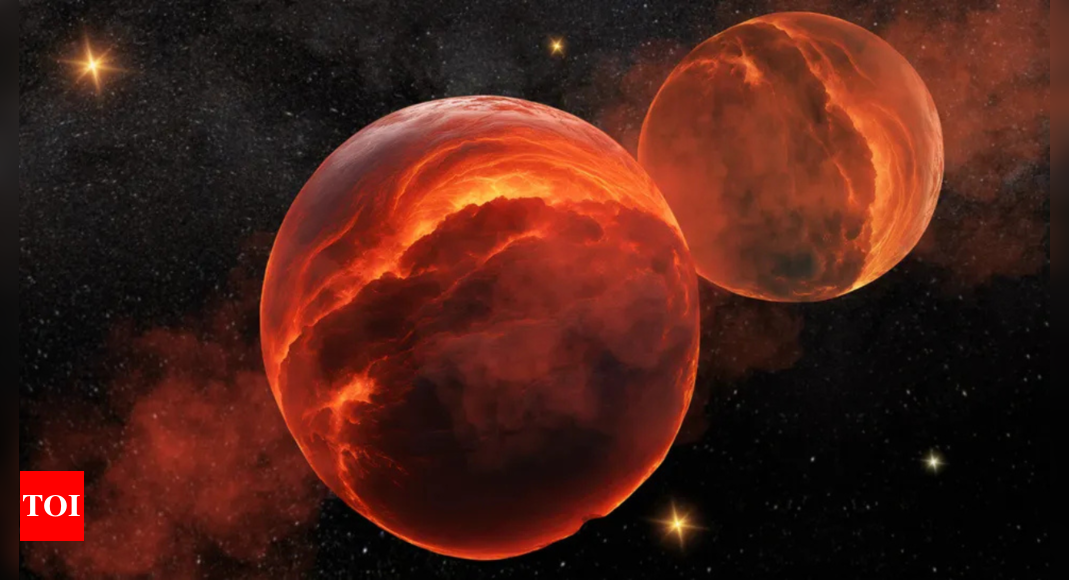[ad_1]

In a recent discovery, researchers have revealed that what was once thought to be a single brown dwarf is, in fact, two brown dwarfs orbiting each other in a rare binary system. This new insight into the celestial body, Gliese 229B, has astonished scientists almost three decades after its initial discovery in 1995.
What are brown dwarfs?
Brown dwarfs are space objects that form in the same way as stars, from collapsing clouds of gas and dust, but they don’t have enough mass to start nuclear fusion, which powers real stars.Since they can’t do this, they’re often called “failed stars.” As astronomer Ian McLean from UCLA explains, “Brown dwarfs are the missing link between gas giant planets like Jupiter and small stars like red dwarfs.”
“A brown dwarf is an object that fills the gap between a planet and a star. They are formally defined as objects that can burn a heavy form of hydrogen, called deuterium, but not the most common basic form of hydrogen,” explained Sam Whitebook, a graduate student at Caltech and lead author of one of the studies published in ‘The Astrophysical Journal Letters’.
Gliese 229Ba and Gliese 229Bb
Astronomers have re-examined Gliese 229B using advanced telescopes in Chile and Hawaii, discovering that it consists of two brown dwarfs, now designated Gliese 229Ba and Gliese 229Bb. These two objects orbit each other closely, separated by 16 times the distance between the Earth and the moon, completing an orbit every 12 days. Together, they circle a small red dwarf star located 19 light-years away in the constellation Lepus.
‘Weird configurations’
The discovery sheds new light on Gliese 229B, which had puzzled scientists for years. When first discovered, Gliese 229B was believed to have a mass of around 71 times that of Jupiter, a measurement that contradicted established models of brown dwarfs.
“This didn’t make any sense since an object of that mass would be much brighter than Gliese 229B,” said Jerry Xuan, a Caltech astronomer and lead author of another study published in ‘Nature’. “In fact, some models predict that objects with masses above 70 Jupiter masses fuse hydrogen and become stars, which was clearly not happening here.”
Further observations confirmed the existence of two distinct brown dwarfs, each more massive than Jupiter, yet smaller in diameter due to their dense composition.
The revelation raises further questions about the formation and characteristics of brown dwarfs. “We still don’t really know how different brown dwarfs form, and what the transition between a giant planet and a brown dwarf is. The boundary is fuzzy,” Xuan said. “This finding also shows us that brown dwarfs can come in weird configurations that we were not expecting. This goes to show how complex and messy the star formation process is. We should always be open to surprises,” he added, as quoted by Reuters news agency.
[ad_2]
Source link
